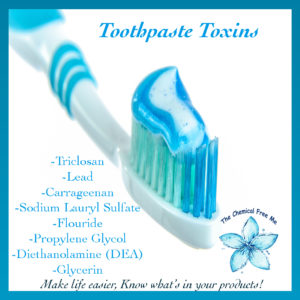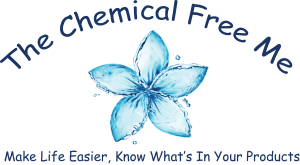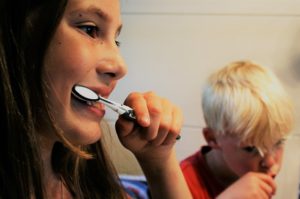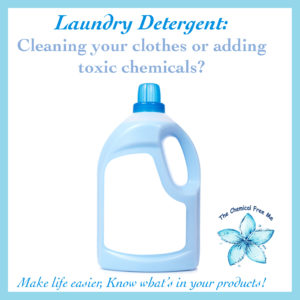Last week we focused on Triclosan and where it is hiding. One of the biggest places is your toothpaste. While it is true that the FDA  has stated triclosan has proven to fight gingivitis-is it worth the trade off? Triclosan has also shown to be an endocrine disruptor. This term gets mentioned a lot but isn’t always explained. Basically any endocrine disrupting chemicals can promote health issues such as breast cancer, testicular cancer, low term birth weight and the progression of cancers. The animal studies that have included triclosan have shown it may interfere with cells that signal the brain and heart as well as having hormonal effects. Triclosan has also shown to cause resistance to antibiotics. One study showed that people who brushed their teeth with particular toothpaste high in triclosan had five times more triclosan in their urine.
has stated triclosan has proven to fight gingivitis-is it worth the trade off? Triclosan has also shown to be an endocrine disruptor. This term gets mentioned a lot but isn’t always explained. Basically any endocrine disrupting chemicals can promote health issues such as breast cancer, testicular cancer, low term birth weight and the progression of cancers. The animal studies that have included triclosan have shown it may interfere with cells that signal the brain and heart as well as having hormonal effects. Triclosan has also shown to cause resistance to antibiotics. One study showed that people who brushed their teeth with particular toothpaste high in triclosan had five times more triclosan in their urine.
Aside Triclosan, other toxins in toothpaste:
Sodium Lauryl Sulfate (SLS) or Sodium Lauryl Ether Sulfate – is what makes your toothpaste all foamy. I have to admit it took some getting used to when I switched to toothpaste that didn’t include that-however it is a psychological effect-the toothpaste still works without getting foamy J The problem with SLS? It is often contaminated with 1,4 dioxane which is a carcinogen. SLS is a registered insecticide and is toxic to the environments and marine life. SLS can also cause skin irritation and sores.
Fluoride – is a touchy one. Fluoride is actually a neurotoxin and does accumulate in your tissues over time. Toothpaste that contains natural occurring cacao extract bromine has shown to be more beneficial in repairing and re-mineralizing teeth than fluoride according to more recent studies. Fluoride is imported from China (red flag? More on that next week!)
Propylene Glycol – is as dangerous as it sounds. It is a mineral that is also used in paints, antifreeze and de-icers for airplanes. It has shown to cause organ toxicity, skin and eye irritations.
Diethanolamine (DEA) – Classified as a 10 (10 being the most toxic) with EWG’s ratings it is tied to stomach cancer as well as liver, bladder and esophagus cancers. California has declared it a possible human carcinogen. Seems like something we shouldn’t brush our teeth with?
Artificial Sweeteners and colors – It gets complicated here. It’s easy to start with aspartame since we know it’s no good. Saccharine is another one to avoid. Xylitol has mixed thoughts but so far is being considered more safe than not. Some artificial colors and sweeteners may be contaminated with heavy metals or made from petrochemicals. No thank you!
Carrageenan – This one annoys me beyond belief mostly because I find in many “natural” types of toothpaste that people think they have swapped safely for. It is a carcinogen and causes inflammation.
Glycerin – While glycerin is not toxic by itself, but doesn’t rinse off the surface of your teeth and prevents the natural flow and protection of saliva.
Lead – Apparently Earthpaste has tested for lead. (Unfortunate, since they have a great EWG score ingredient wise.) http://leadsafeamerica.org/earthpaste/ They have stated that it is natural occurring. Natural or not we know there is NO safe level of lead for consumption so it is best not to include it in your toothpaste. This is a controversial issue for toothpastes with bentonite clay in them. I invite you to research and decide for yourself.
What are some better choices?
Personally I have come to like Ugly by Nature (https://uglybynature.com). I have tried a few flavors but I am partial to the mints since my brain has programmed to feel clean with a minty toothpaste. I have used it for over a year and I have no complaints from my dentist or myself. (As I side note I also do regular oil pulling-to read more check out our previous blog post on mouthwash!) Check your brand at EWG and find yourself a safer swap!
http://www.ewg.org/skindeep/browse/toothpaste/



